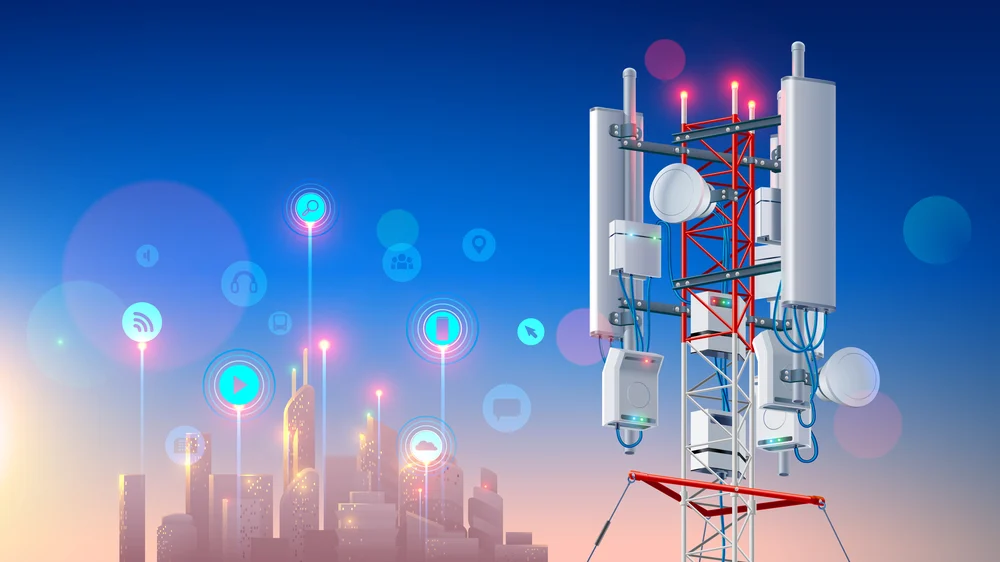
The telecommunication industry has long served as the backbone of global connectivity, facilitating business transactions, interpersonal communication, and the dissemination of knowledge. Driven by continuous technological advancements across related domains, the world of telecommunications extends far beyond traditional voice calls, text messages, and video chats. Let’s embark on a journey to discover the thrilling opportunities that await us in the future.
- 5G Technology and Beyond:
- Presently, we are already benefiting from 5G networks, which offer faster data speeds and reduced latency. However, the journey doesn’t end there. Ongoing research and development are paving the way for 6G technology, promising even higher speeds, ultra-reliable connections, and the potential to revolutionize critical sectors such as healthcare, manufacturing, and transportation.
- The Emergence of the Internet of Things (IoT):
- The proliferation of connected devices—ranging from household appliances to smartphones and industrial machinery—defines the Internet of Things (IoT). As this network of interconnected devices grows, it generates an immense volume of data. To meet these escalating demands, robust and scalable telecommunication infrastructure becomes essential.
- AI-Powered Networks:
- Artificial intelligence (AI) plays a pivotal role in modern telecommunications. AI-driven networks optimize resource allocation, predict and prevent network outages, and personalize user experiences. These intelligent systems enhance efficiency and reliability across the entire communication ecosystem.
- Blurring Realities:
- Virtual Reality (VR), Augmented Reality (AR), and related technologies continue to evolve. Simultaneously, telecommunications networks are expanding in speed and capacity. This convergence opens doors to immersive experiences previously unimaginable. Whether attending virtual events in the metaverse or remotely participating in surgical procedures, robust telecommunications infrastructure enables these transformative encounters.
- Evolution of Business Models:
- The future of telecommunications demands adaptability. Telcos (telecommunication companies) must embrace innovative business models to remain competitive. Let’s explore four emerging models:
- Connectivity Providers: Traditional telecom service providers continue to offer connectivity services, but they now infuse intelligence into their offerings. By monetizing data insights, they provide customized solutions.
- Platform Enablers: Telecoms transform into platforms, facilitating third-party services. Imagine industry-specific app stores or ecosystems for the Internet of Things (IoT).
- Experience Curators: These telecoms prioritize user experience by seamlessly bundling services. Personalized packages enhance customer satisfaction.
- Infrastructure Orchestrators: Telecoms manage intricate networks, ensuring smooth operations for 5G, IoT, and edge computing.
- The future of telecommunications demands adaptability. Telcos (telecommunication companies) must embrace innovative business models to remain competitive. Let’s explore four emerging models:
- The Accessibility Challenge and Bridging the Digital Divide: As the future unfolds, equitable access to telecommunications remains a critical concern. Bridging the digital divide—closing the gap between technology haves and have-nots—requires collaborative efforts from governments, telecom companies, and non-profit organizations.
So Towards a Connected Future, The future of telecommunication holds surprises and possibilities. However, achieving this vision necessitates full data security, privacy measures, and ethical considerations for emerging technologies. Responsible innovation and collaboration among these technologies will shape a future where telecommunications empowers and connects everyone.

